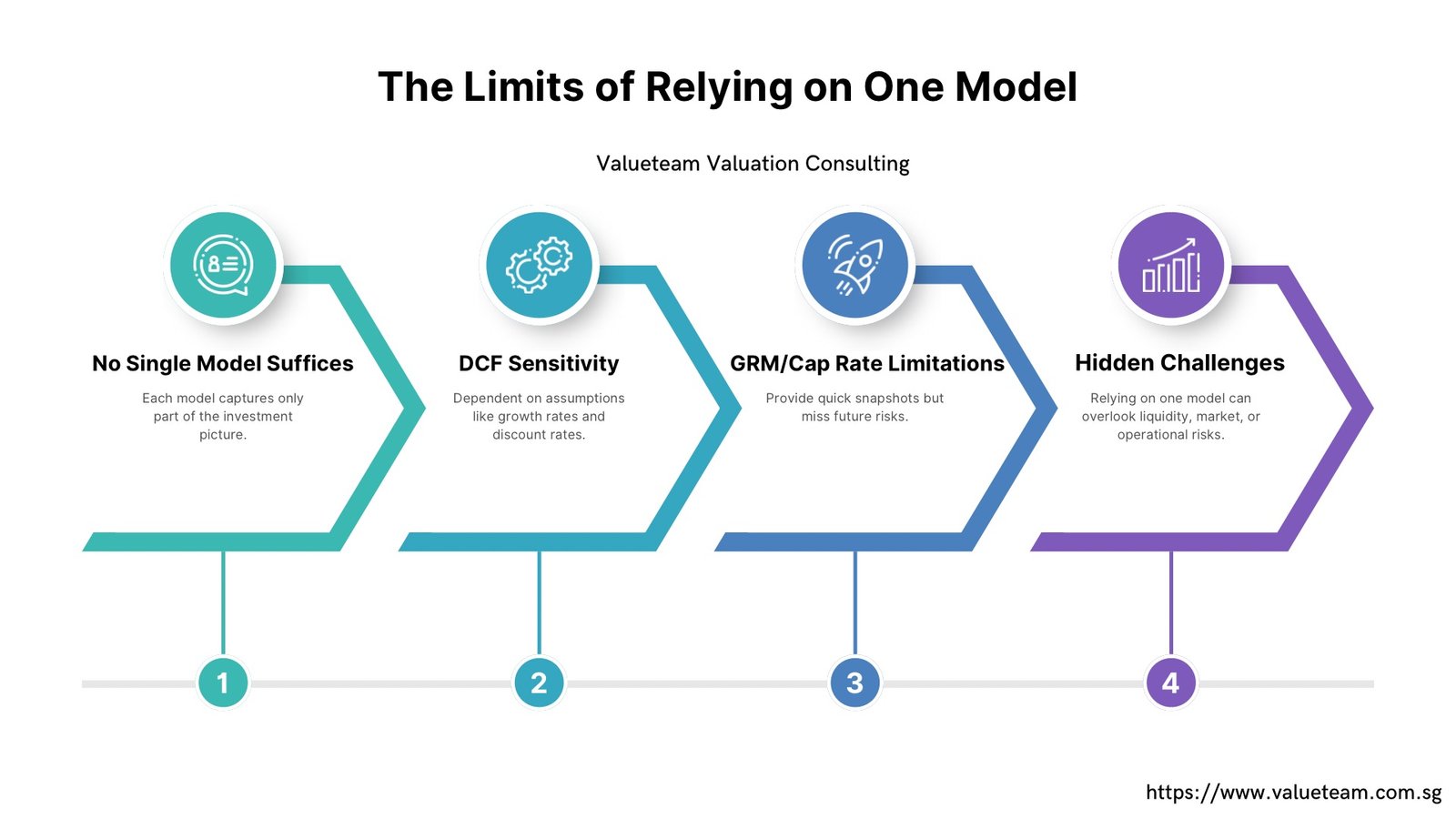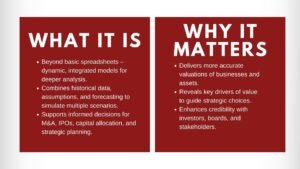4 Best Benefit Why Multiple Financial Models Are Key in Real Estate Investing
4 Best Benefit Why Multiple Financial Models Are Key in Real Estate Investing
Introduction: Beyond a Single Lens
Real estate investing is inherently complex, shaped by numerous variables such as property location, financing structures, growth equity, tenant demand, and individual risk tolerance. Each of these factors can significantly influence the long-term performance of an investment. Relying on just one financial model often creates blind spots, as it may overlook certain risks or exaggerate potential returns. This narrow view can lead investors to make poor or overly optimistic decisions that may not hold up under real market conditions.
To make smarter and more informed choices, investors need to adopt a combination of benefits of financial courses that capture different dimensions of risk, return, and value creation. By integrating multiple perspectives—ranging from discounted cash flow analysis and comparable sales approaches to sensitivity testing and scenario planning—investors gain a deeper and more balanced understanding of the property’s potential.
The use of multiple models also enables investors to stress-test key assumptions. For instance, what happens if rental income grows slower than expected, interest rates rise, or maintenance costs exceed forecasts? By running these scenarios across different models, investors can identify vulnerabilities and prepare strategies to mitigate them. This process ensures that decisions are not made on the basis of narrow metrics or overly optimistic projections, but rather on a comprehensive, holistic view of the investment’s strengths and weaknesses.
Ultimately, adopting multiple financial models equips real estate investors with the confidence to move forward with clarity. Instead of being blindsided by unforeseen variables, they are able to anticipate challenges, recognize opportunities, and align their decisions with long-term investment goals.
The Limits of Relying on One Financial Models
No single model can capture the full reality of a real estate investment. For example, a Discounted Cash Flow (DCF)analysis may highlight long-term value, but it can be sensitive to assumptions about growth rates and discount rates. Similarly, a Gross Rent Multiplier (GRM) or Cap Rate might give a quick snapshot of performance but fail to reflect future risks like tenant turnover or rising interest rates.
By depending solely on one approach, investors risk overlooking hidden challenges—such as liquidity constraints, market volatility, or unexpected operating expenses—that could significantly impact returns.

Complementary Models to Consider
1. Discounted Cash Flow (DCF)
Projects the present value of expected cash flows, factoring in time and risk. It’s ideal for analyzing long-term sustainability and growth.
2. Capitalization Rate (Cap Rate)
Measures the relationship between net operating income (NOI) and purchase price. Useful for quick comparisons across properties.
3. Comparable Sales (Comps)
Evaluates property value based on recent sales of similar assets. Helpful in understanding market sentiment and pricing trends.
4. Gross Rent Multiplier (GRM)
A simplified ratio of property price to annual rental income. Best for initial screening before deeper analysis.
5. Sensitivity and Scenario Analysis
Tests how changes in key assumptions—like vacancy rates, rent growth, or financing costs—affect returns. Crucial for risk management.

Strategic Value of Using Multiple Models
When combined, these models give investors a 360-degree perspective. For example, while DCF may show attractive long-term potential, sensitivity analysis could reveal that returns drop sharply under higher interest rates. Similarly, Cap Rate and Comps can help validate whether the acquisition price is justified by current market standards.
This layered approach minimizes bias and equips investors to make data-driven, resilient decisions—whether buying, holding, or exiting a property.
Conclusion: Building Confidence Through Multiple Perspectives
In real estate investing, no single number tells the full story. Using multiple financial modeling course ensures that decisions are backed by both precision and perspective. It allows investors to uncover hidden risks, validate assumptions, and align strategies with both short-term and long-term goals.
Ultimately, applying different models is not about complexity for its own sake—it’s about building confidence and clarity in high-stakes decisions. In a dynamic market, this comprehensive approach is what separates cautious speculation from truly strategic investing.







